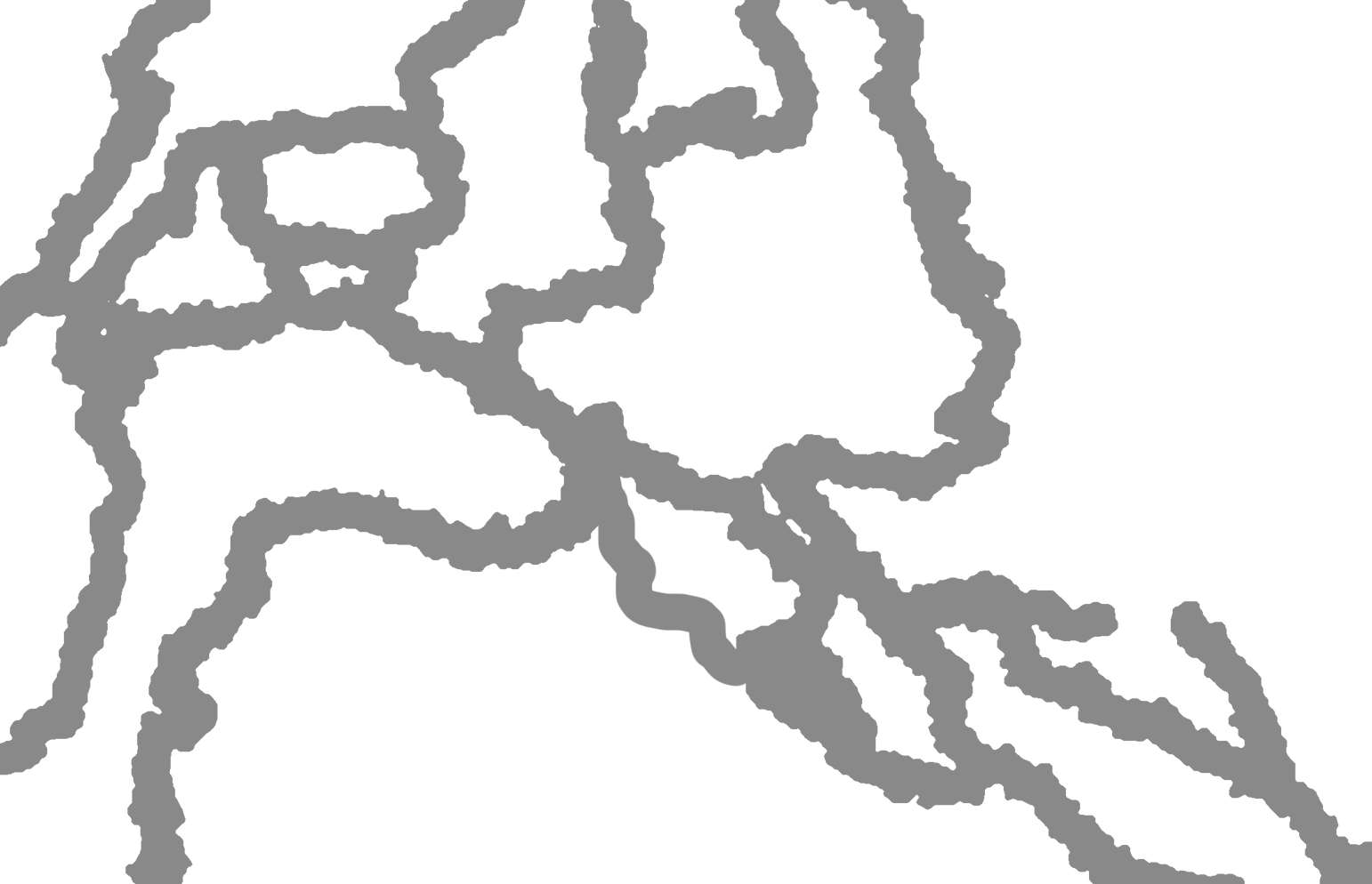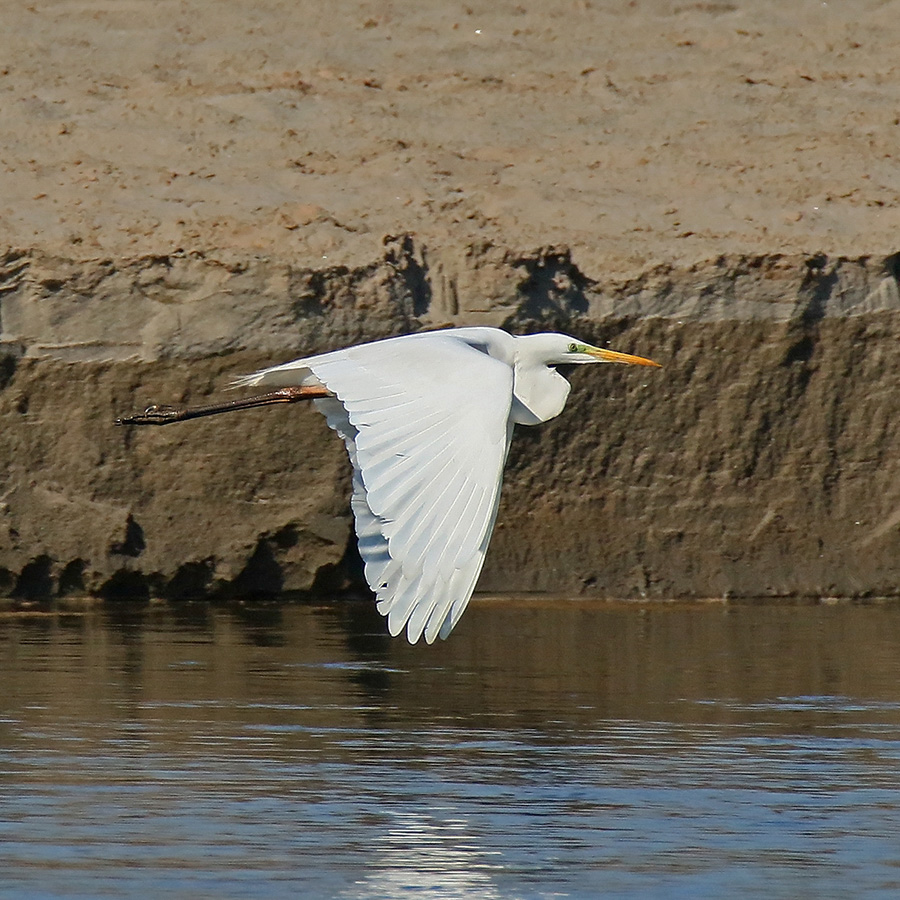Description:
The largest white egret, with a long heavy bill, strongly kinked neck, and long heavy legs. Black line of gape extends behind eye. In breeding plumage, bill is black, lores blue and tibia reddish, and has prominent plumes on breast and mantle. In non-breeding plumage, bill is yellow and lores pale green.
Distribution:
Uncommon passage migrant through all the waterways and lakes of Gilgit-Baltistan. Occurs around freshwater or brackish marshes, lakes, pools and rivers with surrounding cultivation, reed-beds or vegetation. Found up to 3500m.
Behavior:
Mainly passive, diurnal feeder. Feeds by walking slowly or stand and wait, in shallow to moderately deep water; mainly solitary, defends feeding territory aggressively. Diet mainly fish, amphibians, snakes, aquatic insects and crustaceans; also terrestrial and aquatic insects, lizards, small birds and mammals.
Photo Gallery:
Range & Occurrence:


Distribution Map of Great Egret in Gilgit-Baltistan (Status: )
Seasonal Occurrence of Great Egret
Resources:
Birds of Pakistan: Helm Field Guides (R. Grimmett & T. Inskipp)
The Birds of Pakistan (T. J. Roberts)
Birds of the Indian Subcontinent (C. Inskipp, R. Grimmett & T. Inskipp)
Birds of South Asia: The Ripley Guide (P. Rasmussen & J. Anderton)
Birds of India: Collins Field Guide (N. Arlott)
Handbook of the Birds of India and Pakistan (S. Ali & S. D. Ripley)
Handbook of the Birds of the World (https://www.hbw.com)
The Clements Checklist of Birds of the World, 6th Edition
iNaturalist BoGB (inaturalist.org/projects/birds-of-gilgit-baltistan)
Birds of Gilgit-Baltistan (http://fb.me/birdsgb)
*Gallery images on this page are shared from flickr.com, and are copyrighted to their respective creators or owners.

